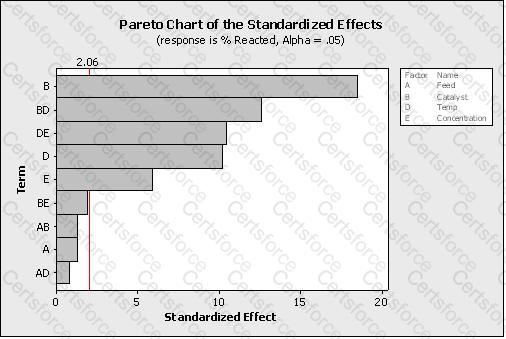Assessing process proportion as opposed to evaluating a process with respect to a set target can be done using which of these?
The relationship between a response variable and one or more independent variables is investigated and modeled by use of which of these?
The Waste of Overproduction is defined as ______________________.
To properly analyze the variables impacting the output of a process we need to collect data that represents at least 80% of the variation in the process and assure ourselves we are collecting data from all three types of variation which are _______________.
At the very initiation of a project a Belt must develop a concise _______________ that states at a high level the area of concern and why it is important this issue be improved.
To be an effective Lean Six Sigma practitioner one must understand the difference between ___________________________.
Time is always the metric on the horizontal scale of a(n) ___________ Chart.
An operator is measuring the distance between two points. Which is most likely to be influenced by the operator?
Which statement(s) are correct about the Pareto Chart shown here for the DOE analysis? (Note: There are 2 correct answers).

Production Line 1 is able to complete 500 units per shift. Production Line 2 is able to finish 1,500 units per shift. Production Line 2 is 3 times faster than Production Line 1. This analysis is an example of ______________ Scale Data.